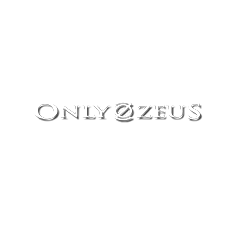Formed in 1991 by Murray Jamieson and Yanni Dellaportas, Only Zeus set out to make interesting ambient, electronic music. The debut album was called Atlantic Tales and was recorded in June 1992.
Having previously worked together in various bands and musical colaborations, Murray and Yanni came up with the idea of producing an almost continuous piece of music with very distinct sections. They eventually settled on a title after being inspired by a Talbot poster called Atlantic Tails. They changed the name to Atlantic Tales and ideas and meanings influenced by the music started to form. Not only would the Atlantic Ocean become the focal point, it would also become a metaphor for a fragile global ecosystem.
Murray had already put some ideas down using Notator midi software on the Atari 1040STE and with the Ensoniq ESQ 1 synthesizer, connected to various sound modules including Ensoniq EPS, Roland D110 and the Roland D550, sequences and melodies began to take shape. Real sounds such as an old 1920’s fan were sampled and altered through the keyboard, along with vocal sounds which were used as sequences in the final recording.
After months of writing, sequencing and rehearsing, it was time to record the finished product. Having no budget and no access to large commercial studios, Murray approached a friend who had just set up a home project studio, complete with the double insulated walls, the floor to ceiling black carpet and heavy sound proof door. Hungarian born fashion designer and musician Laci allowed free use of his studio ‘Krisar’ and equipment in exchange for Yanni’s help to record his own music, as he wasn’t familiar with the new Tascam Midi Studio 688 cassette based portable recording unit. This machine was the beginning of relatively affordable pro multi track home recording in the nineties.
The Tascam Midi Studio 688 was one of the best 8 track analog mixing and recording units around at the time. It also had a feature which came in handy for projects using midi based sequencing. It could control midi equipment. By keeping a track free, the hi end cassette could be ‘striped’ with a signal and therefore be able to sync up to any equipment that had midi.
All the electronic and sampled tracks were on the Ensoniq’s sequencer which also ran the sound modules, adding extra tracks. All the analog instruments such as acoustic guitar, electric guitar, bouzouki, saxophone and vocals by the talented Mary Galic were recorded onto the Tascam’s cassette. No tracks on the 688 were taken up with synth parts. Every time the play or record button was pressed the tape would grab hold of the midi signal and start the sequencers, keeping it in almost perfect synchronization. Because of the length of some of the pieces the Tascam would sometimes struggle. Although the process was complex and diabolical, it all worked out in the end.
When it came time to do the final mixdown, the only way to get a good master with the budget was to use a DAT (Digital Audio Tape) machine. A rehearsal of the mix was performed and then the Tascam Midi Studio 688 would start the sequencers and the music was mixed down to DAT stereo at 16 bit 48kz. During the mixdown of The Dreaming parts 1 and 2, Murray played live keyboard parts as it went to DAT.
No mastering was done to Atlantic Tales until 2009. The DAT was simply taken to Dex Audio and along with artwork provided by Leni Tzemetzis, 100 cassette tapes were produced. The music received airplay on Melbourne radio station 3PBS FM on a show called Electronic Influence. It was even used on a documentary called Dolphins Down Under. Now hopefuly Atlantic Tales can find a place in the 21st Century.


